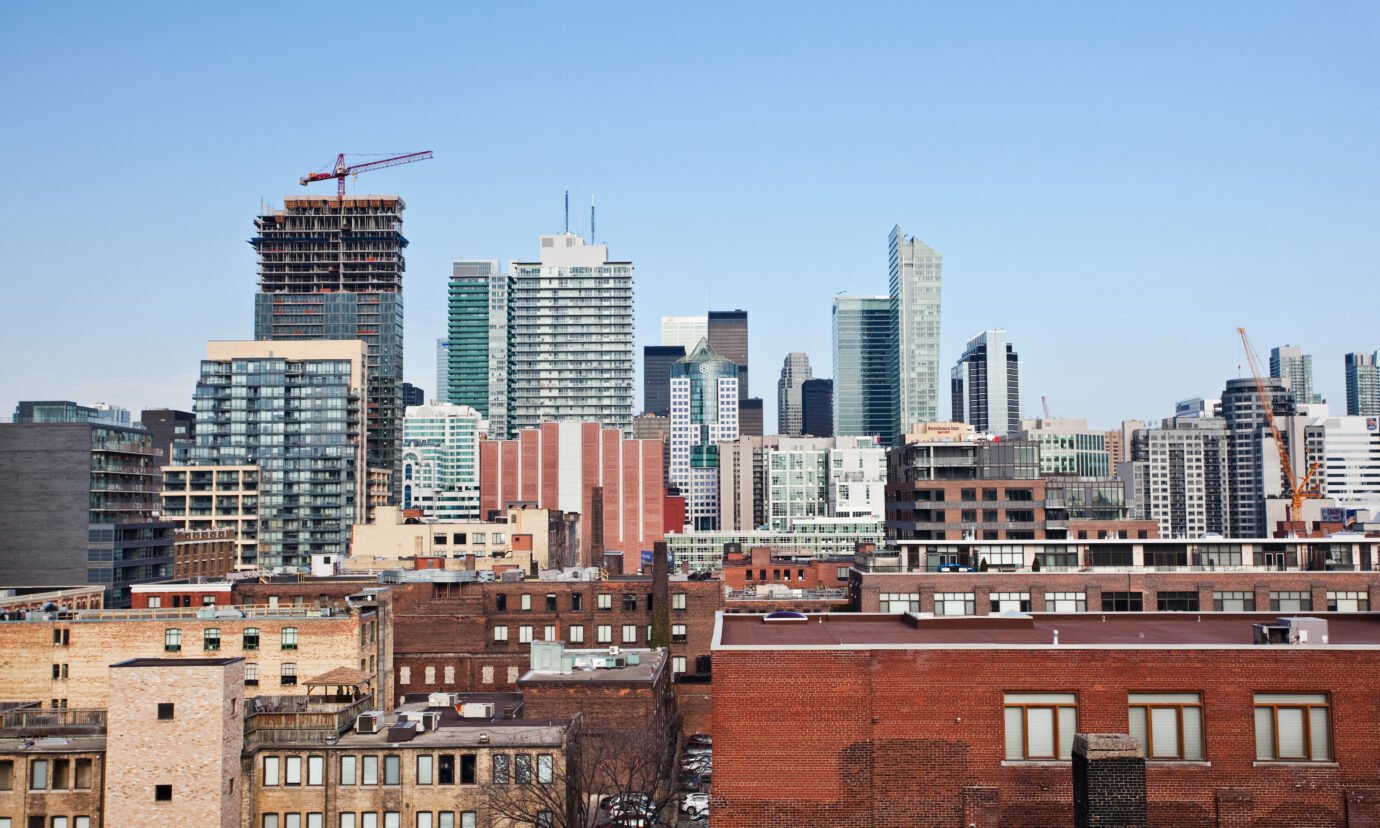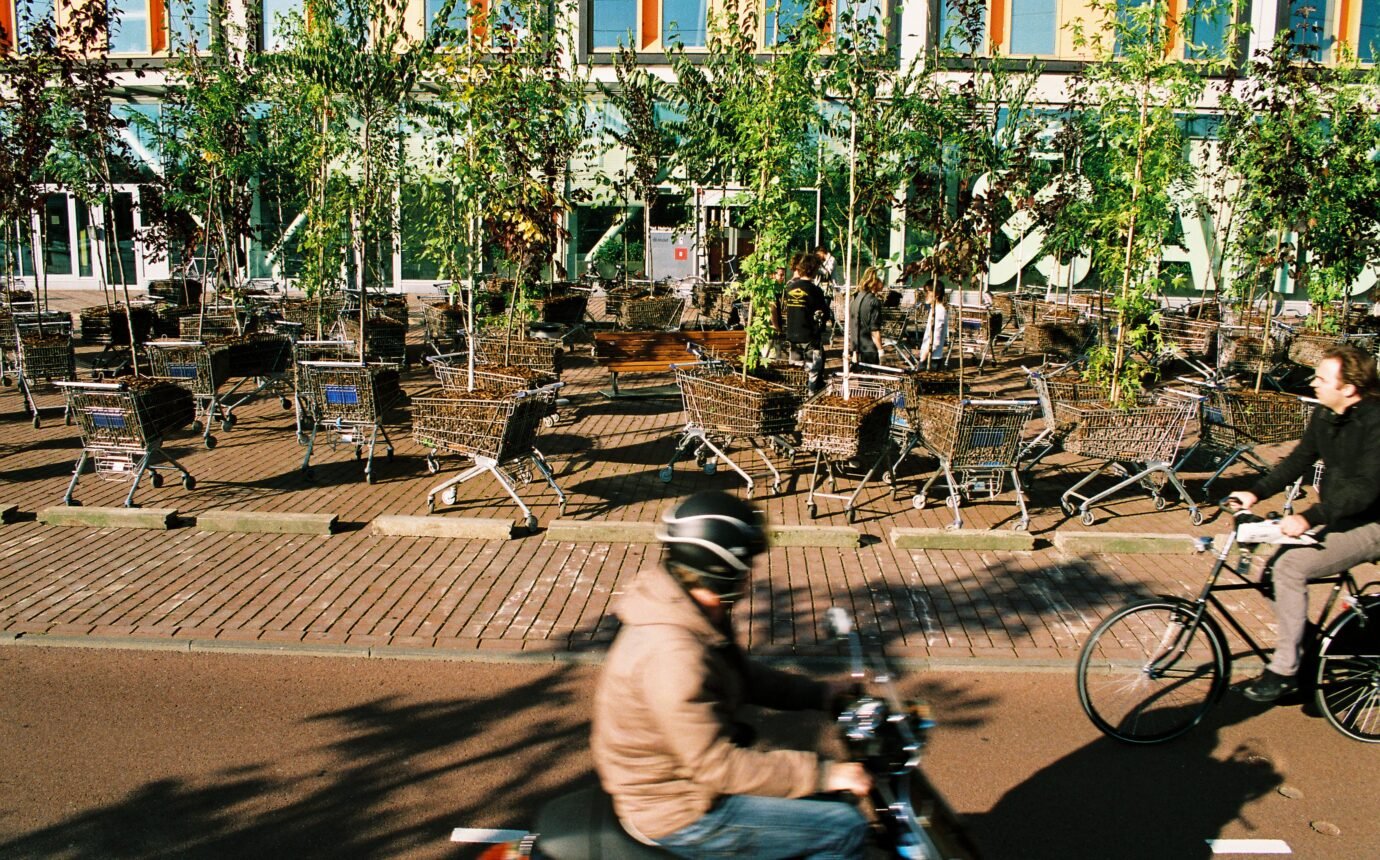Can Olivia Chow Fix the Toronto Housing Crisis?


I’m optimistic—and pessimistic.
When Olivia Chow’s predecessor defeated her at the polls and took office as mayor in 2014, housing affordability was one priority among many. But Chow is now mayor herself, and housing is no longer an issue but rather the issue. Even if Chow is otherwise the most successful city leader imaginable—Cicero, La Guardia, and the Wizard of Oz rolled into one—she’ll be remembered, if she fails on housing, as a failure overall.
Judging by the way she talks about the Toronto housing crisis—which is to say, constantly and passionately—you get the sense she knows this. But can she succeed? I interviewed her last fall for the Toronto Star and left with two reasons for optimism—and one for pessimism.
Chow believes in the private sector
For decades, the academic community has been mired in a mostly unhelpful debate about the private sector and housing. On one side are right-leaning think-tank bros, who point out that high prices occur under conditions of scarcity. If the government would just butt out of the housing industry, they argue—if it would liberate developers from the red tape that constrains them—scarcity itself would disappear.
On the other side are left-leaning urban-studies types, who insist that private developers aren’t the heroes of this particular story; they’re the villains. By treating housing as a financialized asset—not a human right, but an investment vehicle—they’ve brought us to the terrible situation we’re in. God forbid we should say anything nice about them.
Within this polarized debate, though, a middle ground is emerging, a cohort that doesn’t always love the private sector but respects the role it plays. If Canada is to stabilize the market, it must add 1.3 million homes by 2030, an endeavour that exceeds state capacity by many orders of magnitude. Where else might we get the money to finance these builds? Obviously, from the people who do this stuff for a living.
Chow understands this fact. She’s perhaps better described as a progressive—a person who cares about equality and affordability—than as a lefty, beholden to anti-market dogma. At least, she gets why red tape is bad. She has moved to eliminate burdensome permitting requirements for multiplexes on major roads. For larger projects, she has streamlined the approvals process, creating a single office that handles the different applications—engineering, legal, planning—in one go.
Toronto fancies itself a “world city,” but you merely have to stroll down Bloor Street to see that it barely looks like one. What kind of global capital has piddly three-storey buildings on its biggest urban thoroughfare? Chow’s reforms will help, however incrementally, to scale the streetscape up to a size that better matches Toronto’s population—and ambitions. “Big developers are getting ready. They’re getting excited,” she told me. One senses she’s excited too.
But she doesn’t believe that the private sector can act alone
Pro-market types fancy themselves systems theorists, realists who understand how economies work. Yet some talk as if they’d slept through their undergraduate lecture on market failure—the one where the professor explains that, while markets are, overall, better than centralized bureaucracies at distributing goods, they have limitations too.
For decades, governments have tried to induce the private sector, with pockets of funding or tax incentives, to build more social or community housing. We still don’t have anything close to the amount we need. Chow, instead, wants the government to build these projects itself, as it did in the ’70s and ’80s. In many respects, she points out, the City is an ideal developer. It already has land. It can expedite its own approvals. It’s not obligated to tax itself or charge itself fees. And it doesn’t need to turn a profit.
Currently, there are five City builds on the docket, including the recently opened complex at 175 Oak Street, in Regent Park—a mixture of affordable duplexes, townhouses, and multi-bedroom apartments, alongside 9,500 square feet of amenity space. Sean Baird, the CEO of the Toronto Community Housing Corporation, describes the project as “high quality,” an adjective that isn’t synonymous with “dazzling” or “ground-breaking” but is meaningful nevertheless. The building, designed by RAW Architects and Rafael and Bigauskas, has kids’ playrooms, wheelchair accessible units, community gardens, and furniture made of salvaged Regent Park wood. Design-wise, it’s better than many residential complexes in the city and every bit as good as it needs to be. My only criticism is that there should be more buildings like it.
The problem is just so big
Which is why I’m still somewhat pessimistic. Of the 213 affordable units at 175 Oak Street, 189 are what’s called “replacement units”—upgraded versions of dwellings that already existed. The number of net new units? Twenty-four—better than zero, but not by much.
Smart government programs are, well, smart. But are they ever commensurate with the scale of this problem? In the past, other leaders have made prudent moves on housing. John Tory’s Housing Now initiative—a scheme to offer up public land in return for affordable stock—was clever in theory, although ill-conceived in the details. Justin Trudeau’s slate of low- or zero-interest loans, announced in 2017, to affordable developers was helpful, although clearly insufficient. Doug Ford’s new anti-red-tape bill seems promising too, although I’m still waiting to see the results.
Is it enough? Is anything? The global metropolises that have tamed their housing markets have done so via radical means. In Vienna, the city owns roughly a quarter of the housing stock, a situation that, if poorly managed, could’ve led to government capture. Tokyo has brought prices down through wildly ambitious deregulation. But deregulation has dangers too, as citizens of Houston learned when Hurricane Harvey hit and the water had no place to go.
Radicalism is risky, a fact that Chow, who describes herself to me as a pragmatist, surely understands. But in a crisis like housing—one that gets bigger and more dire with every passing month—pragmatism is risky too. Perhaps massive problems require massive solutions. If Chow fails on the Toronto housing crisis, it won’t be for lack of heart. And she won’t be the first thoughtful, well-intentioned leader to have lost this particular battle.


























